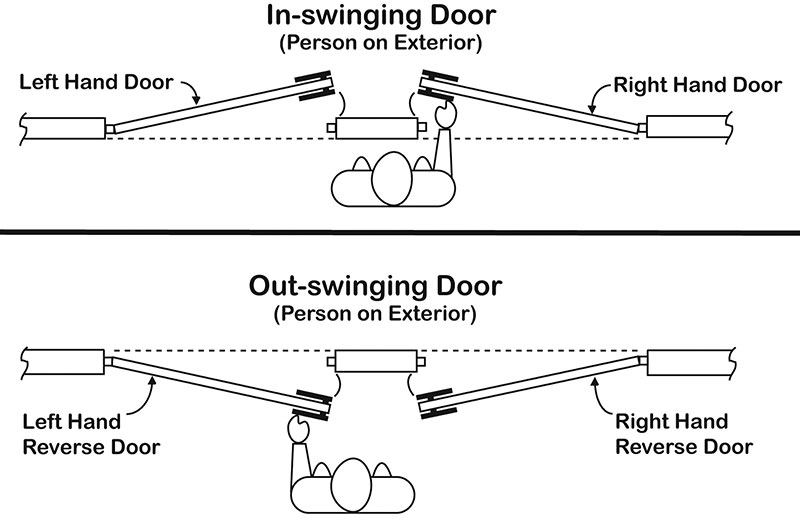You’d be surprised how much the look of your living space can change just by switching out your old door hardware. But if it’s a task you’ve never taken on, the terminology can be a little confusing.
If you’re changing out your home’s door knobs and levers for the first time, here are some terms you need to know to make an informed purchase.
Types of Door Hardware and Their Functions
Passage
Passage knobs don’t lock on either side, making them ideal for applications like closets, laundry rooms and pantries. These are sometimes referred to as hall and closet knobs.
Privacy
Privacy doorknobs are essential for rooms that require a locking mechanism (like bedrooms or bathrooms). Many privacy knobs feature a thumb turn on the inside and a small pinhole that allows a generic key to unlock it from the outside in case of emergency.
Dummy
Say you have a door in your home that only requires a push or a pull to open. This application requires dummy knobs. They’re made for doors with alternative latching methods like French doors. If you have a door that needs a knob or lever on one side (like a linen closet), you’ll need a half dummy.
Keyed Entry
Like the name suggests, keyed entry door hardware locks manually from the inside and requires a key to open. Common uses include front doors, side entry doors, and the door between the garage and interior of your home.
Exterior Handleset
Handlesets are used for front entry doors and offer more of a decorative touch. Sets usually include an interior trim knob and single-cylinder deadbolt.
Trim Handleset
Trim knobs are useful for aesthetic purposes. They change the inside handle on your front door to match your interior hardware, creating a cohesive look.
Single Cylinder Deadbolt
A single cylinder deadbolt is used as an additional layer of security. Deadbolts lock manually on the inside and require a key for entry. They can be used in conjunction with keyed entry door knobs for added peace of mind.

Door Handing
If you’re installing new doors, you’ll want to make sure you buy the proper hardware handing configuration. To figure it out, ask yourself which direction the door opens.
Start by standing in the doorframe with your back to the hinges. If the door swings open to the right, you need right-handed levers. If it opens to the left, buy left-handed levers.

Buying and replacing door hardware can be a tricky project if you aren’t sure exactly what you need. These industry-standard terms will help you in the future when you choose to switch out your old door hardware.






